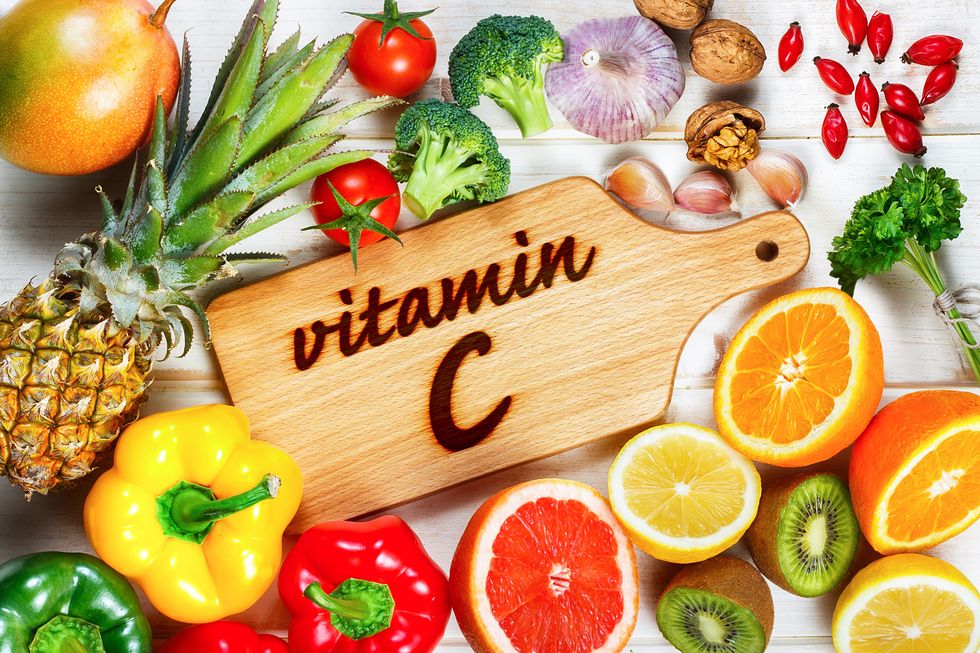Shorter days, cooler temperatures, more frequent rains. The hottest period of the year has run its course and among the good intentions of the return it is good to include some effective strategies to combat the
first ailments of the season , possible (if not probable) in the autumn period.
A great help comes from nature; the extraordinary aspect is in fact that in every period of the year nature offers us different foods to meet the needs of our body in those particular environmental conditions. In the case of early cold, for example, fruit and vegetables with a high content of vitamin C.
Valentina Bolli, dietician , explains well to us its importance, who also helps us to discover the list of foods that contain the most.
“Vitamin C (together with vitamin E) or ascorbic acid has several fundamental functions for the body. It is very important for its strong antioxidant power , it allows to fight the free radicals responsible for aging, it increases the bioavailability of iron . It is also able to strengthen our immune defenses that defend us from viruses and bacteria. It is contained in different foods, but very sensitive, so you have to be careful not to "disperse" it with wrong behaviors, such as association with smoking and alcohol or through cooking. The recommended dose is 85 mg per day for women (which rise to 100 in case of pregnancy) and 105 for men, an amount that can be easily assimilated through food and without the need for supplements. Also because an excessive dosage can be harmful to those who are subject to accumulations of oxalic acid and kidney stones ".
Here are the foods that contain the most!
Oranges and lemons
It is well known, and it is true. Oranges are one of the fruits with the highest amount of vitamin C (as well as lemons). They contain 50 mg of vitamin per 100 grams of oranges. They are able to completely cover the daily requirement of vitamin C ( one and a half are enough for women and two for men ).
Broccoli
The broccoli family is very rich in vitamin C. First of all, broccoli turnip , with a quantity of 110 mg per 100 g of product. The other varieties have a quantity between 50 and 110 mg. However, you have to be careful with cooking; better to consume them steamed so as not to damage their nutritional properties.
Peppers
Peppers are also particularly rich in vitamin C, containing 151 mg per 100 gr. The positive aspect is that they can
also be
eaten raw (here are the five tricks to
prepare and digest them! ) And for this reason keep them fully available.
Rocket salad
Arugula boasts a quantity similar to that of peppers and also has the advantage of being eaten raw. In addition to containing vitamins A and E.
Clementine
Clementines, citrus fruits hybrid between mandarins and sweet oranges , contain doses of vitamin C slightly higher than those of oranges (54 mg per 100 g of citrus fruits) and are also less caloric than mandarins.
Kiwi
Kiwis are rich in vitamin C, contain 85 mg per 100 g of fruit and are also an excellent source of fiber that is beneficial for the intestine. At the same time they contain a good amount of potassium and are therefore suitable for athletes .
Guava
Surprisingly, the primacy goes to the guava , a tropical fruit of the Myrtaceae family with a taste between sweetish and acidic. Popular in India but little known in Italy, guava contains 243 mg per 100 g of product, as well as being an excellent source of magnesium, potassium, calcium, copper and phosphorus. A little more difficult to find, but very interesting for our health to know.








